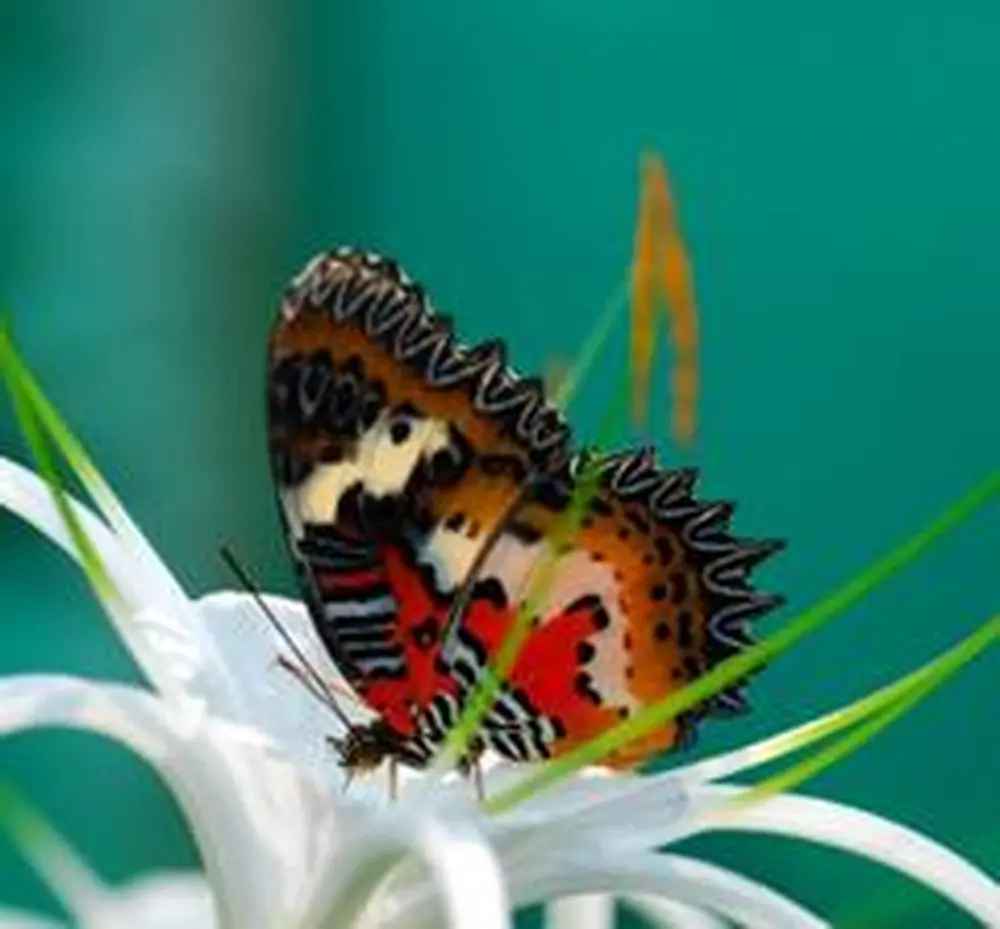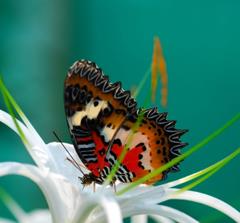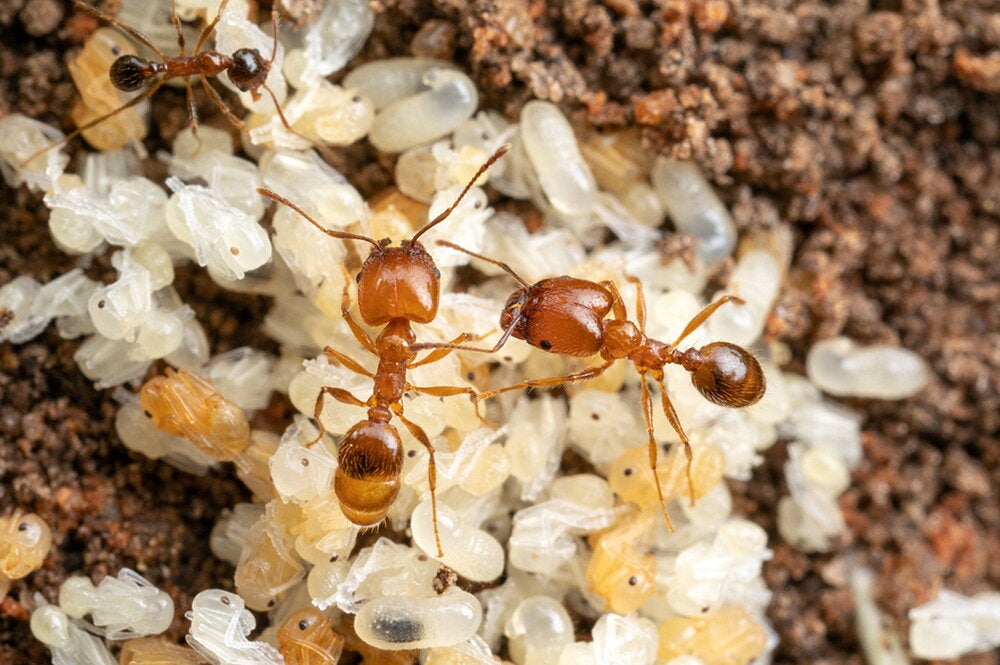

It’s a bug’s world—at least if you go strictly by the numbers.
In 1758, scientists had counted 4,203 species of animals and more than half—2,102—were insects. Today, that number keeps rising by leaps and bounds, with roughly 950,000 species of insects described, says May Berenbaum, head of the Department of Entomology in LAS.
Scientific progress is constantly revising and reevaluating concepts and ideas, Berenbaum says, but one observation has remained constant across the centuries: “There are a lot of insects in the world.”
For instance, fellow LAS entomologist James Whitfield recently discovered that the diversity of microgastrine braconid wasps is far greater than previously thought. These tiny wasps, about the size of the lead at the tip of a pencil, lay their eggs under the skin of unwitting caterpillars.
By combining genetic data with information on physical characteristics (morphology) and ecological data, Whitfield’s team found that the estimated number of microgastrine braconid wasp species may be nearly double what was originally thought. The true total could be anywhere from 10,000 to 15,000 globally—if you extrapolate from the sample in this caterpillar-rearing study in northwest Costa Rica.
According to Whitfield, DNA barcoding revealed that some wasps that looked alike and were once thought to belong to a single species were actually several different species, each of which preyed on only one or two species of caterpillar hosts.
One of the messages of this research, he says, is that you “really need all of these different kinds of data in order to tell the species apart. Just using the morphology alone or the genetic data alone or the ecological information alone isn’t enough.”
But why even worry about keeping tally of the thousands upon thousands of insect species creeping and crawling across the planet?
For one, Berenbaum points out that probing the characteristics of different insects reveals much about the fungi and bacteria associated with each species. And some of these “insect associates” could have tremendous value in developing medicinal drugs and other products.
For instance, she says Dendroctonus frontalis, commonly known as the southern pine beetle, infests pine trees and is dependent on two fungi in the tree that provide food for the beetle larvae. Yet another fungus assists the southern pine beetle in overcoming the tree’s defenses; but on the negative side, it also inhibits the growth of one of the insect’s food sources. To deal with this aggressive fungus, the beetle harbors a bacterium that secretes fungus-killing antibiotics.
The southern pine beetle is not unique in exploiting the powerful antibiotic chemistry of its associates, Berenbaum says. With more than 300,000 species of beetles presently known (and an estimated 5 to 8 million not yet described), the number of possible interactions between insects and their associates, such as fungi and bacteria, is daunting.
Beetles, which make up about one-third of all known insect species—are just “the tip of the biodiversity iceberg,” she adds.
Some people believe that scientists have already exhaustively screened nature for all of the compounds that have medicinal value—chemical prospecting, it’s called. But Berenbaum argues that the bulk of the chemical capabilities of insects and their associates remain to be uncovered.
“Even the least wanted among species can be the source of useful leads,” she says. “So a concerted effort to look into the more subtle aspects of microbial chemistry is in order. Microbial ecology is still very much a part of the great frontier.”


